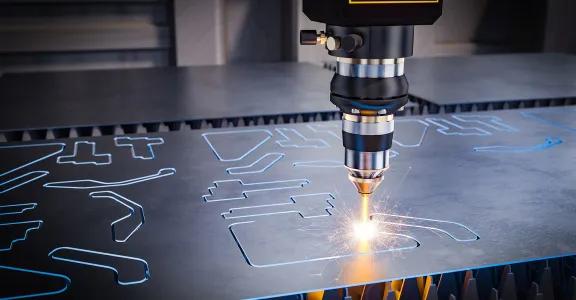More and more suppliers are offering online customisation for various production technologies: 3D printing, machining, injection moulding, etc. Customers can, for example, upload a 3D product model and submit specifications to immediately receive a price quote and delivery time. This not only concerns companies with their own production capacity (e.g. 247Tailorsteel and Protolabs), but also online marketplaces with an extensive partner network (e.g. Xometry and Facturee). We call these new business models Manufacturing as a Service (MaaS).
|
What is the difference between MaaS and traditional supply?
The three greatest differences between MaaS and traditional supply are the simplicity of the online services (customers are unburdened), the transparency (customers can track their orders online) and the speed (customers immediately receive a quote and orders are delivered very quickly).
What do you need in order to provide MaaS?
To offer MaaS services, your business processes require thorough digitalisation and automation. This applies to all processes – from quotation generation to work preparation, production planning and logistics. A large available production capacity is also essential so that you can quickly meet the customer’s specific needs.
These significant investments in advanced software tools and automated production equipment mean that you cannot simply copy and integrate the MaaS concept into your own organisation.
Challenges for MaaS companies
There is indeed a market for the on-demand rapid delivery of customised parts – and that market keeps growing. MaaS companies can respond to and exploit this easily thanks to the above advantages. After all, and for the time being in any case, they mainly focus on activities that are easy to scale up and digitise. Think, for instance, of typical machine operations where quotations and work preparation can take place according to automatic rules and where direct customer contact is limited.
This still leaves plenty of room for manual operations (such as assembly and welding work), complex work preparation requiring in-depth knowledge, and operations where added value is created through close collaboration with the customer (such as engineering work).
|





